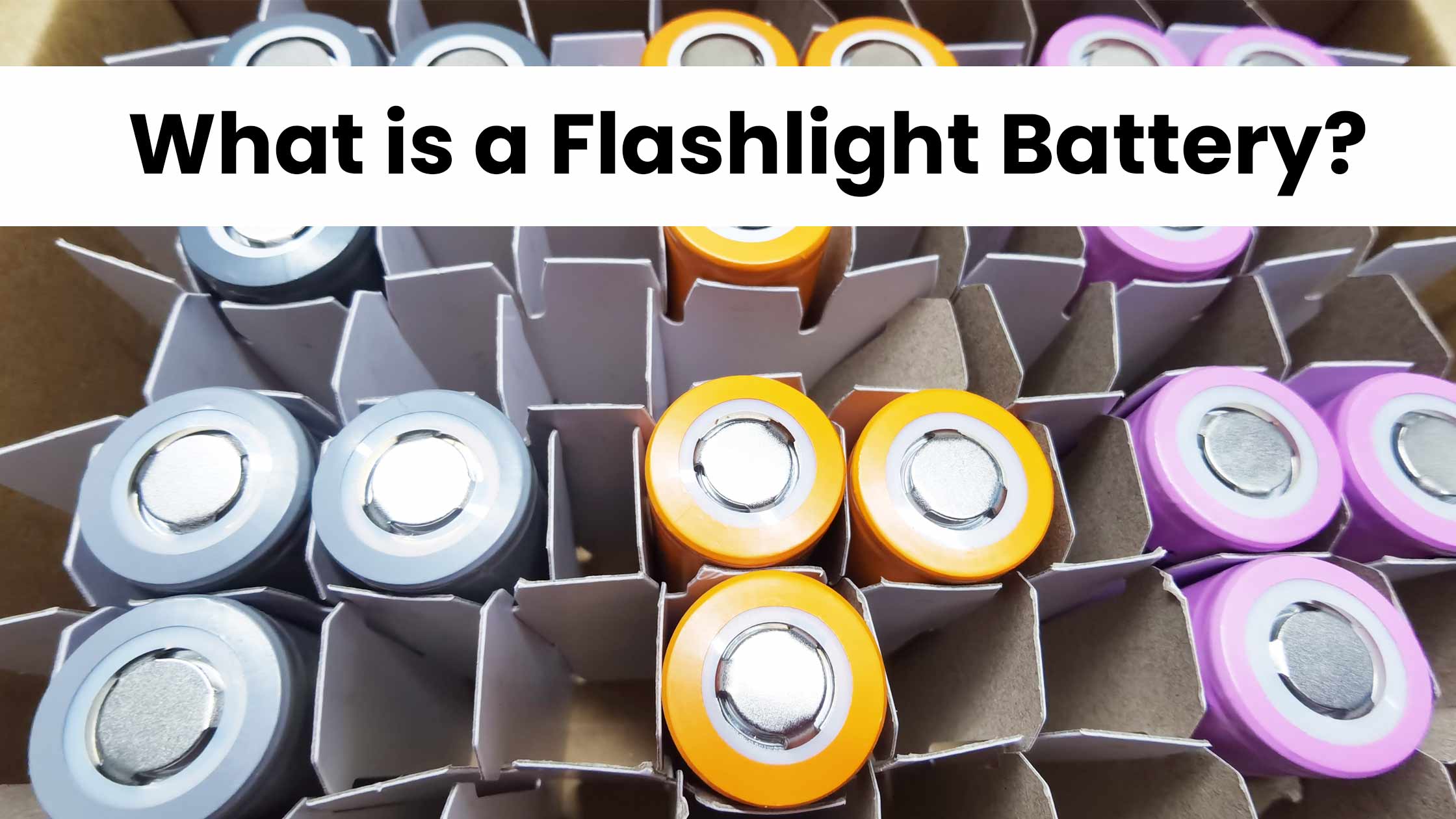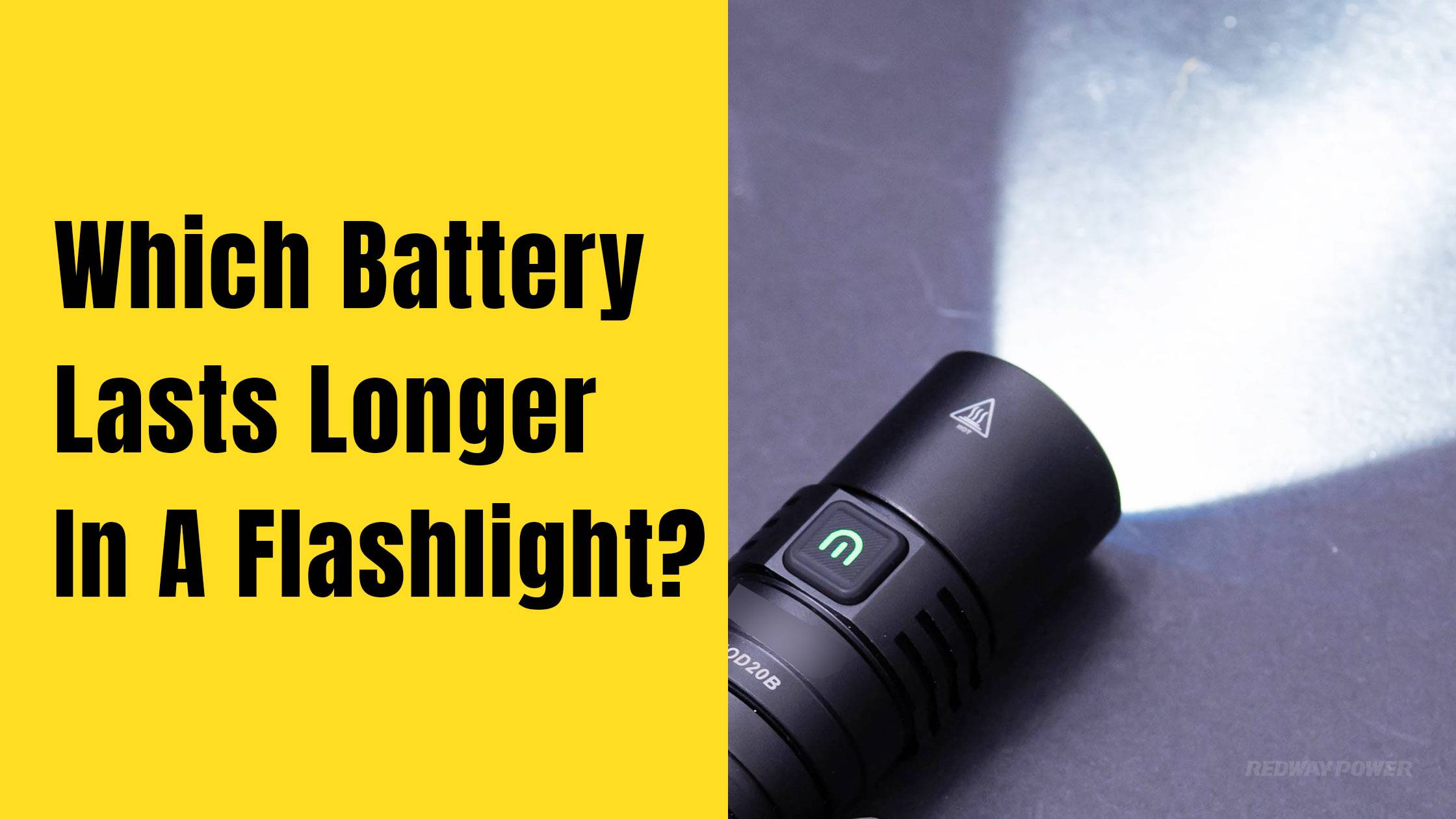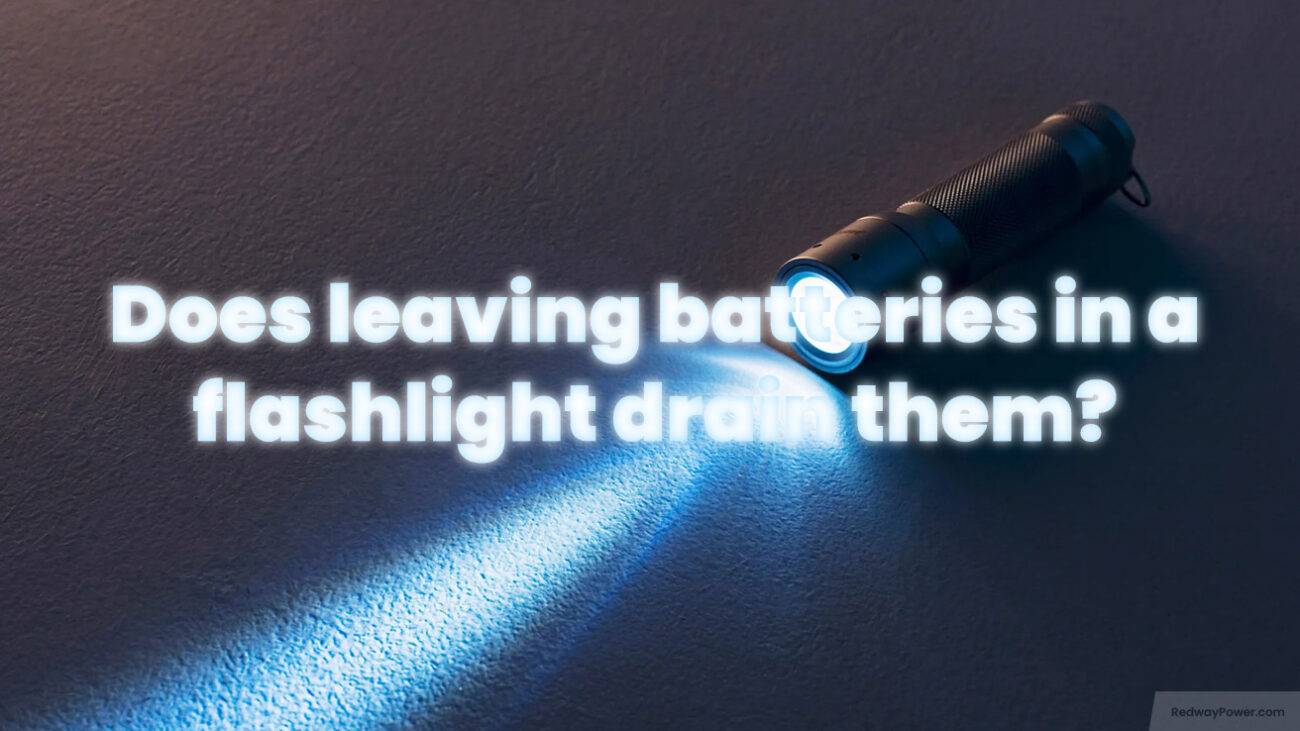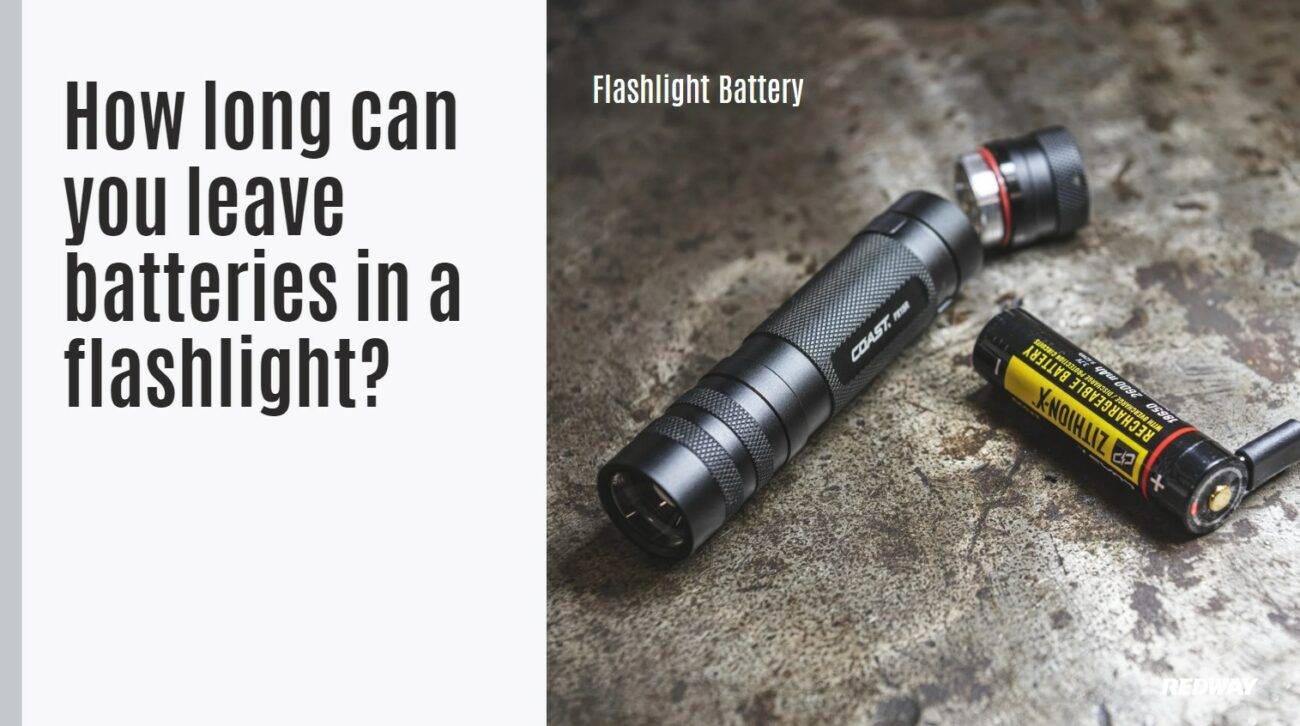Curious about which battery lasts longer in flashlights? In this blog post, we’ll explore various flashlight batteries, factors influencing their lifespan, testing methods, and practical tips to extend battery life. Get ready to illuminate your knowledge on this enlightening topic and ensure your flashlight shines bright when you need it most!
What is a flashlight battery?
Flashlight batteries come in various types and sizes, providing the energy needed for illumination. They work through a chemical reaction within the battery cells. Without a functional battery, a flashlight becomes ineffective.
Imagine being in the dark, needing a flashlight. The unsung hero? The flashlight battery! These compact powerhouses provide the juice for illumination. They come in different types and sizes, ensuring your flashlight shines when you need it most. So next time you grab your flashlight, remember the battery—it’s the real lightbringer!
Flashlight batteries are the lifeblood of your flashlight, providing the energy needed for illumination. They come in different types, including alkaline, lithium-ion, and rechargeable options.
- Alkaline Batteries: Affordable and widely available, alkaline batteries are common choices for flashlights, although they may not last as long as other options.
- Lithium-Ion Batteries: Offering a longer lifespan and consistent power output, lithium-ion batteries are preferred for their reliability.
- Rechargeable Batteries: Convenient and cost-effective, rechargeable batteries like nickel-metal hydride (NiMH) or lithium-ion polymer (LiPo) options are eco-friendly and gaining popularity.
Consider factors such as runtime, brightness needs, weight, and budget when choosing a flashlight battery. Different flashlights may have specific recommendations for compatible battery types.

Types of batteries commonly used in flashlights
Flashlights typically use either alkaline or lithium batteries. Alkaline batteries are common due to their affordability and availability. Lithium batteries, although more expensive, have a longer shelf life and are reliable. Rechargeable batteries offer more power but come at a higher upfront cost.
Imagine your trusty flashlight—the beacon in the dark. It relies on batteries, those portable powerhouses. Alkaline batteries, like the workhorse of the flashlight world, are affordable and easy to find. But wait, there’s more! Lithium batteries, a bit pricier, last longer and never flinch. And rechargeable batteries? They’re the marathon runners, packing power but costing a tad more. So choose wisely, fellow seeker of light!
Choosing the right battery for your flashlight is essential for optimal performance. The most common types include alkaline, lithium-ion, and rechargeable batteries, each with its advantages and disadvantages.
- Alkaline Batteries: Affordable and widely available, alkaline batteries offer decent power and longevity but may lose charge over time.
- Lithium-Ion Batteries: With higher energy density, lithium-ion batteries provide more power and have a longer shelf life compared to alkaline ones. However, they are typically more expensive.
- Rechargeable Batteries: Increasingly popular for their cost-effectiveness and eco-friendliness, rechargeable batteries can be reused multiple times, saving money and reducing waste.
Factors that affect battery life in flashlights
Factors affecting flashlight battery life include battery type (alkaline vs. zinc-carbon), brightness settings, and prolonged usage. Alkaline batteries generally last longer.”
Picture this: you’re in the dark, flashlight in hand. But how long will it last? Let’s break it down:
- Battery Type: Alkaline batteries are the marathon runners, outlasting zinc-carbon options.
- Brightness Settings: High-intensity mode drains batteries faster than low settings.
- Quality Matters: Invest in a reliable flashlight for extended battery life. Remember, your flashlight’s battery life depends on these factors. Choose wisely, and keep shining!
Testing methodology and results
Determining which battery lasts longer in a flashlight requires careful testing methodology and consideration of various factors. Realistic testing conditions, multiple battery types, and objective measurements are essential for accurate results.
- Realistic Testing Conditions: Testing should mimic real-world usage, with flashlights set to their highest brightness continuously until batteries are fully depleted, ensuring reliable data.
- Comparison of Battery Types: Multiple flashlights should be tested with different battery types to provide a fair comparison, as battery chemistries may exhibit different discharge curves affecting runtime.
- Objective Measurements: Recording lumens output and runtime at regular intervals during testing offers valuable insights into battery performance over time, aiding in accurate assessment and comparison.
Following these guidelines ensures comprehensive results, helping users make informed decisions when selecting batteries for their flashlights based on their specific requirements and preferences.
Tips for prolonging battery life in flashlights
Extend flashlight battery life by choosing the right batteries (alkaline or lithium), adjusting brightness settings, and proper storage. Alkaline batteries last longer and are widely available.”
Picture your trusty flashlight—the beacon in the dark. To keep it shining bright, follow these tips:
- Smart Battery Choice: Alkaline or lithium batteries outlast others. Choose wisely!
- Dim It Down: Lower brightness settings conserve battery life without compromising visibility.
- Stash Smart: If your flashlight hibernates, remove batteries to prevent slow drains.
Alternatives to traditional flashlight batteries
Exploring alternative power options for flashlights can provide longer-lasting and eco-friendly solutions. Rechargeable batteries and solar-powered flashlights offer convenient and sustainable alternatives to traditional disposable batteries. Let’s delve into these options to help you choose the best power source for your flashlight needs.
- Rechargeable Batteries: Rechargeable batteries offer the convenience of multiple uses and can be recharged using dedicated chargers or USB ports. While they may have a higher initial cost, they save money in the long run by eliminating the need for frequent battery replacements.
- Solar-Powered Flashlights: Solar-powered flashlights utilize sunlight to charge their internal batteries, providing an eco-friendly and reliable power source. Although they may not offer as much brightness as traditional flashlights, they ensure you never run out of power during emergencies or outdoor adventures.
By considering these alternative options, you can choose a power source that aligns with your sustainability goals and ensures your flashlight remains functional whenever you need it.
FAQs
Why replace promptly a damaged over-discharged cell?
Can Li-ion batteries catch fire from over-discharge alone?
How long to leave a battery in a flashlight without use?
What’s the practice for handling over-discharged unknown period batteries?
Is it safe to charge an over-discharged battery?




